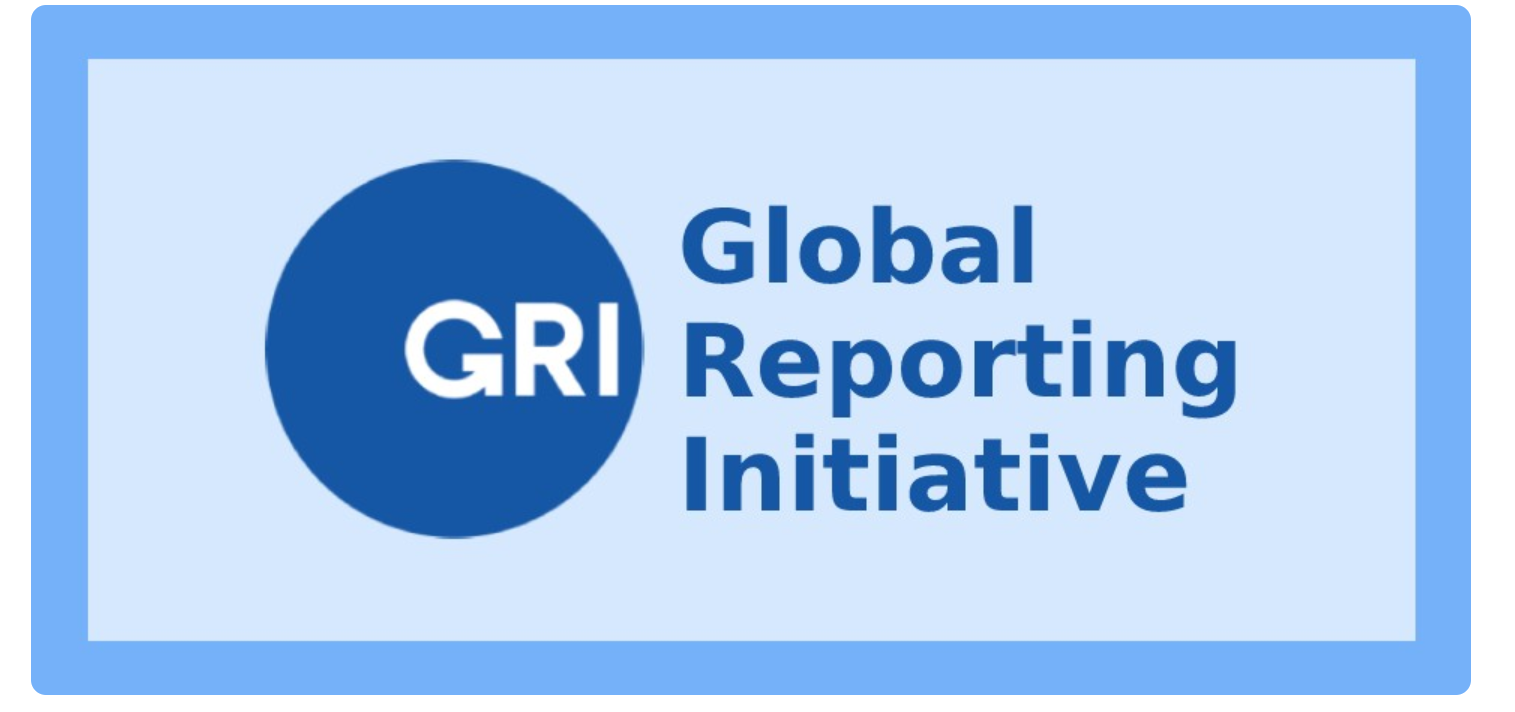
Sustainability reporting has become one of the most relevant practices for organizations willing to prove their value to stakeholders also through their commitment to ESG considerations and environmental issues. There are several sustainability reporting frameworks available to executives, including a few that have become widely used and are backed by international organizations. It is a rapidly evolving set of choices, as an analysis by the Harvard Business review has pointed out. In this context, GRI standards are designed to be an easy-to-use modular set, delivering an inclusive picture of an organization's material topics, their related impacts and how they are managed.
Why report?
Sustainability report refers to the informations that companies provide about their performance to the outside world on a regular basis, in a structured way. Through reporting, an organization can understand and better manage its impacts, both on people and the planet. It can identify and reduce risks, seize new opportunities and take action towards becoming a transparent, trusted organization in a more sustainable world.
Global Reporting Initiative (GRI) is the independent, international organization that helps businesses and other organizations take responsibility for their impacts, by providing them with a global common language to communicate those impacts. Organizations can use the GRI Standards to prepare a sustainability report in accordance with the Standards, or use selected Standards (or parts of their content) to disclose information for specific users or purposes, such as climate change impacts for investors and consumers.
How are GRI Standards designed
GRI states they are “the global standard setter for impact reporting”. They “follow an independent, multi-stakeholder process” and “maintain the world’s most comprehensive sustainability reporting standards”.
The GRI Standards present themselves as a framework that enables any organization – large or small, private or public – to understand and report on their impacts on the economy, environment and people in a comparable and credible way, thereby increasing transparency on their contribution to sustainable development. In addition to companies, the Standards are relevant to many stakeholders, including investors, policymakers, capital markets and civil society.
The GRI Standards include:
- The Universal Standards - now revised to incorporate reporting on human rights and environmental due diligence - that apply to all organizations;
- The new Sector Standards, that enable more consistent reporting on sector-specific impacts (coal, agriculture, aquaculture and fishing);
- The Topic Standards - adapted to be used with the revised Universal Standards – that list disclosures relevant to a particular topic.
Therefore, although this is not the only standard, it stands out as a comprehensive and use-to-follow one. It can also work in synergy with other standards. As a 2021 survey conducted by GRI and SASB revealed, there are several reasons for using both standards (GRI and SASB) or others that might be suitable in specific cases. As a matter of fact, many standards are complementary, providing a more complete overview and offering different perspectives, different approaches to materiality and different stakeholder groups.
The role of GRI Standards
Organizations can choose to use one or more among different sustainability frameworks and standards depending on their specific reporting needs and the expectations of their stakeholders.
Compared to other standards for sustainability report, GRI Standards provide a more comprehensive and adaptable framework. While other standards may focus on specific aspects of sustainability reporting, such as carbon emissions or industry-specific disclosures, the GRI Standards provide a broader set of guidelines for reporting on economic and ESG performance.
Moreover, the GRI Standards are designed to be flexible, allowing organizations to report on their sustainability performance in a way that is relevant and meaningful to their stakeholders. They provide a common language for sustainability reporting, which can help to increase transparency and comparability between organizations.
Finally, the GRI Standards are widely recognized by investors, regulators and civil society organizations, which can enhance an organization's credibility and reputation. Many companies use the GRI Standards as a baseline for their sustainability reporting and then supplement it with other standards or frameworks as needed.



